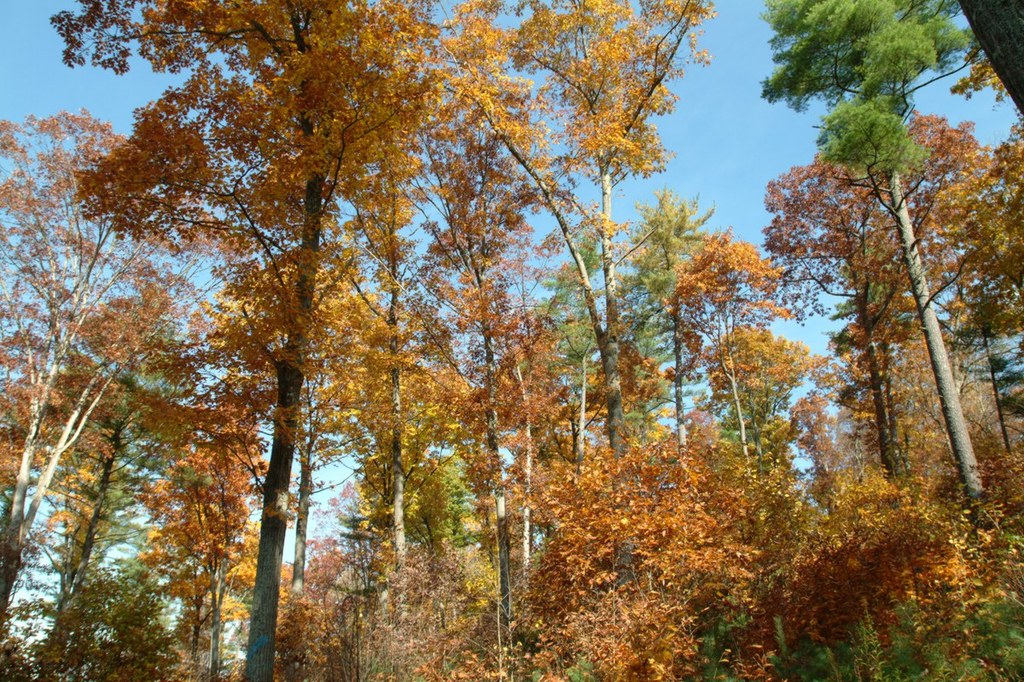
A management technique that is feasible in mature even-aged stands. Successful implementation may require two or more harvests and span a duration of three years to a decade. Emphasis is placed on overstory/midstory/understory distribution, composition and vigor as well as topographical and hydrological site conditions.

A management technique that is feasible in conifer and hardwood forested stands dominated by prolific producers of viable wind dispersed seeds. Successful implementation requires two harvests and may span a duration of three years to a decade. Emphasis is placed on overstory/midstory/understory distribution, composition and vigor as well as topographical and hydrological site conditions.

A management technique that is feasible in conifer and hardwood forested stands dominated by: prolific producers of viable wind dispersed seeds or capable of establishing a viable seed bank in the duff/soil or capable of coppice sprouting or stocked with competitive desirable advanced regeneration or scheduled to be artificially planted with seedlings post harvest. Successful implementation requires one harvest. Emphasis is placed on overstory/midstory/understory distribution, composition and vigor as well as topographical and hydrological site conditions.

A management technique that is feasible in artificially regenerated conifer plantations dominated by: mature or senescent pine, spruce or larch. The University inherited many conifer plantations originating from the U.S. Resettlement Admin. and the Civilian Conservation Corps of the early 20th century. Subsequent forest managers have and continue to establish conifer plantations to replace the original stands or establish new plantations when invasive species hinder management options. Establishment techniques include hand planting of seedlings, herbicide applications, pre-commercial and commercial thinnings.

A management technique that is feasible in conifer and hardwood forested stands when the management objectives are: the improvement of succulent browse, reduction in the frequency or dominance of thin barked species in the understory and midstory, the establishment and encouragement of an herbaceous understory and/or the reduction in fuel loads. Prescribed fires executed on University owned forestland are collaborations with government and non-government organizations in compliance with University policies and the Pennsylvania Prescribed Fire Standards.
